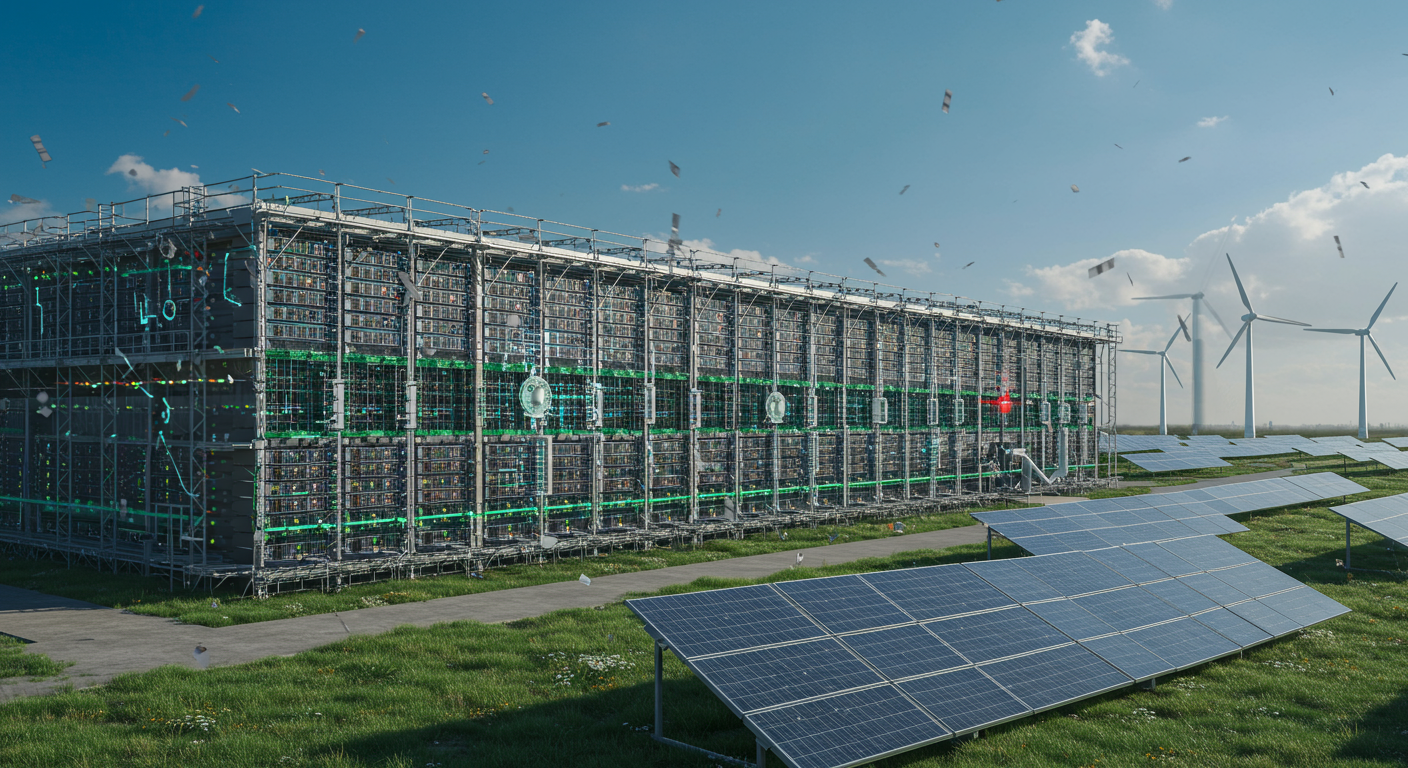The Critical Role of Renewable Energy in Sustainable Data Centers

Data centers are the backbone of our digital world, consuming vast amounts of energy to power the services we rely on daily. As the demand for data processing and storage grows, so does their environmental footprint. Transitioning to renewable energy sources is paramount for creating truly sustainable data centers and mitigating climate change. This move not only reduces carbon emissions but also enhances energy security and can lead to long-term operational savings.
Why Renewable Energy for Data Centers?
The primary driver for adopting renewable energy in data centers is the urgent need to reduce greenhouse gas emissions. Traditional energy sources, predominantly fossil fuels, contribute significantly to global warming. By shifting to clean energy, data centers can drastically cut their carbon footprint. Furthermore, renewable energy sources can offer greater price stability and independence from volatile fossil fuel markets, contributing to more predictable operational costs. Many companies also find that investing in sustainability enhances their brand reputation and meets growing consumer and investor demand for corporate environmental responsibility. For more on global energy trends, visit the International Energy Agency (IEA).
Key Renewable Energy Sources for Data Centers
Solar Power
Solar photovoltaic (PV) panels convert sunlight directly into electricity, making solar power a leading choice for data centers, especially in sunny regions. Large-scale solar farms can be built near data centers, or panels can be installed on rooftops and available land. While initial setup costs can be significant, the declining price of solar technology and long lifespan of panels make it an increasingly economical option.
Wind Power
Wind turbines harness kinetic energy from the wind to generate electricity. Wind power is highly effective in areas with consistent wind patterns. Data centers can invest in on-site turbines or, more commonly, enter into Power Purchase Agreements (PPAs) with off-site wind farms. This allows them to claim the renewable energy attributes without directly managing the generation infrastructure.
Geothermal Energy
Geothermal energy taps into the Earth's internal heat. It can provide a consistent and reliable source of baseload power and is also highly effective for direct cooling of data center equipment, significantly reducing energy normally spent on traditional cooling systems. However, its feasibility is geographically constrained to areas with accessible geothermal resources.
Hydropower
Hydropower, generated from flowing water, is a well-established renewable source. While large-scale hydro projects have environmental considerations, smaller, run-of-the-river systems or leveraging existing dams can be sustainable options for data centers located in suitable regions. For insights into sustainable practices by major tech companies, explore Google Sustainability initiatives.
Challenges and Solutions in Renewable Integration
One of the main challenges with sources like solar and wind is their intermittency – they only generate power when the sun shines or the wind blows. This necessitates solutions like large-scale battery storage systems, backup generators (ideally powered by green hydrogen or other sustainable fuels), and connection to smart grids that can balance supply and demand. The initial capital expenditure for renewable installations and storage can also be a barrier, but long-term savings on energy costs, coupled with potential incentives and falling technology prices, often result in a favorable return on investment.
The Future is Green: Innovations and Trends
The push towards 100% renewable energy for data centers is gaining momentum. Innovations in energy storage, more efficient solar panels, advanced wind turbine designs, and smarter grid management are making this goal more achievable. Corporate commitments to carbon neutrality or net-zero emissions are strong drivers, alongside increasing regulatory support and public demand for sustainable practices. The integration of AI to optimize energy consumption and renewable resource management will further accelerate this transition.
Ultimately, powering data centers with renewable energy is not just an option but a necessity for a sustainable digital future. It represents a convergence of technological innovation, environmental stewardship, and economic prudence.